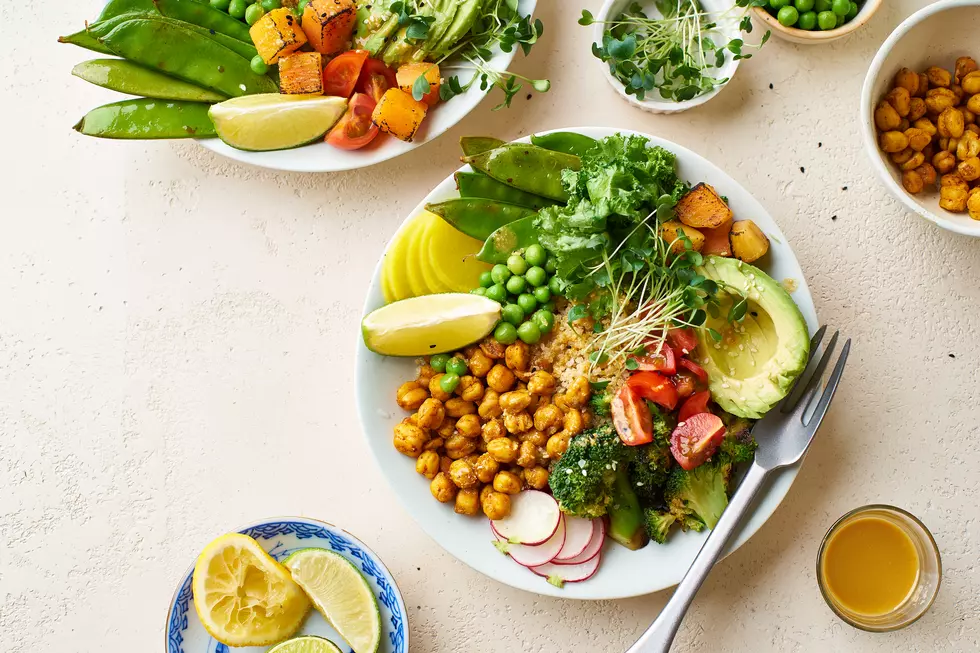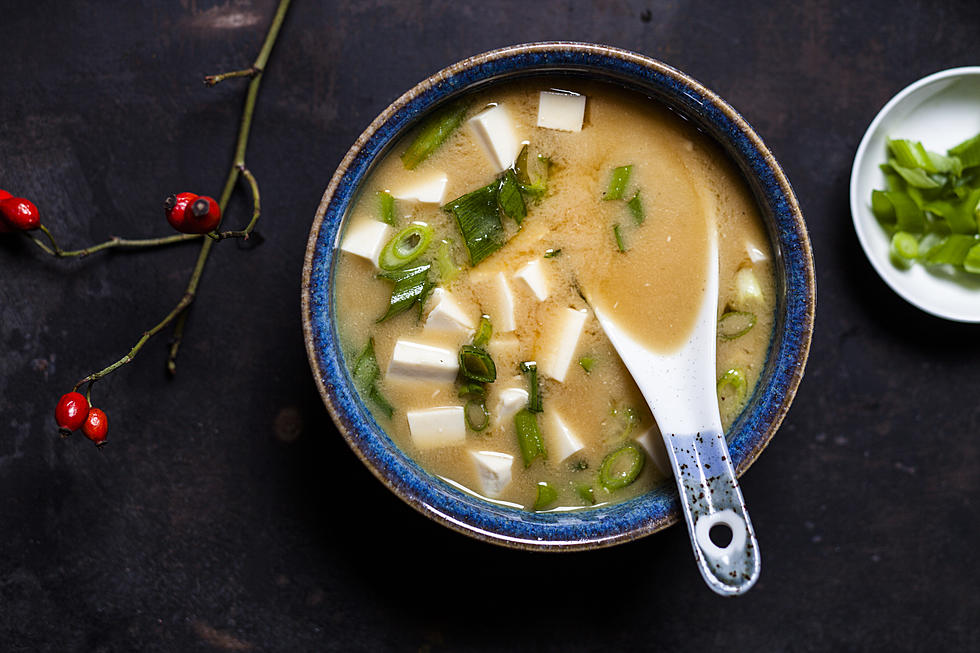
The 7 Surprising Foods to Help You Get Enough Plant-Based Protein
How many times have you been asked, “So where do you get your protein?” after you tell someone that you're vegan, vegetarian, or plant-based?
It’s a myth that meatless eaters don’t get enough protein in their diets since you can get plenty of protein in your day from plant foods. In fact, most plant foods contain varying amounts of protein, from legumes with the highest quotient to greens that contain a small amount. While you may already know the common sources of plant-based protein, such as tofu, tempeh, seitan, beans, hummus, lentils, nuts, seeds, and more, here are 7 lesser-known surprising sources to help you power up your protein content and get the needed amount.
A note on protein goals: A good formula to go by is: 0.8 grams of protein per kilogram of body weight or 0.36 grams per pound. This amounts to 56 grams per day for the average sedentary man and 46 grams per sedentary woman. It's easy to get all the protein you need through plant-based foods, including some you may not think of as protein-packed foods.
1. Mushrooms
Mushrooms, technically edible fungi rich in nutrients, have similar characteristics to that of meats, beans, and grains. While naturally fat-free, cholesterol-free, gluten-free, and low in calories, mushrooms are high in B vitamins, copper, and potassium while also being the only plant-based source of Vitamin D.
For 80 grams (or about 1/3 of a cup) of crimini mushrooms, one of the most common varieties found in grocery stores, contains only 18 calories, 0 g fat, 3 g carbohydrate, 2 g of protein, and 0.08 mcg of Vitamin D.
Other varieties to try may include a white button, shiitake, oyster, beech, maitake, enoki, royal trumpet, and portabella. Mushrooms work well in soups, stir-fries, pasta, or even as a meat alternative.
2. Spirulina
Spirulina, a blue-green algae also called cyanobacteria, is a photosynthetic organism that has been a natural food source in areas throughout Africa and Mexico.
Often present in powder, tablet, or supplemental form, spirulina is a nutrient-dense powerhouse containing trace amounts of vitamins and minerals: manganese, thiamin, riboflavin, niacin, potassium, phosphorus, and iron. Spirulina is being further researched for its ability to fight off viruses and cancerous cells amongst other medical conditions.
Just one tablespoon of spirulina, contains 15 calories, 3 grams of protein, 3 grams of carbohydrates, and 0 grams of fat.
Spirulina is the perfect ingredient to add to your morning smoothie, but be sure not to add too much as it comes with a slight taste of the sea.
3. Teff
Teff, a naturally gluten-free cereal rooted in parts of Ethiopia and Eritrea, is an ancient grain known for its nutrient-rich profile. Containing all the nine of the essential amino acids, the building blocks of protein, this tiny cereal packs important micronutrients: fiber, calcium, manganese, copper, zinc, iron magnesium, phosphorus, and potassium.
Just 1/4 cup of teff contains 180 kcal, 6 grams of protein, 1.5 grams of fat, 35 grams of carbohydrates, and nearly 5 grams of fiber.
Teff works well in hot cereal, stews, pancakes, pilafs, chili, bread, or even brownies.
4. Amaranth
Amaranth, stemming from the Amaranthaceae family with quinoa, is known for being quite easy to grow and highly resistant to drought. Unlike most plants, both its leaves and seeds provide nutrients such as iron, fiber, calcium, magnesium, phosphorus, potassium, and trace amounts of B vitamins.
In just one cup of cooked amaranth, there are 251 calories, nearly 10 grams of protein, 4 grams of fat, 46 grams of carbohydrates, and 5 grams of fiber.
Try implementing amaranth into your breakfast as a hot cereal or into your next baked good.
5. Pumpkin Seeds
While pumpkin tends to be the main player, roasting the seeds leftover can be a great way to prevent food waste and access a source of magnesium, zinc, potassium, iron, and plant-based fats.
Just 1/3 cup comes with 160 kcal, 8 grams of protein, 13 grams of fat, and 2 grams of carbohydrate.
Try throwing some seeds in a trail mix, on top a smoothie bowl, or in a salad.
6. Pistachios
Pistachios, a close relative of the cashew, are commonly grown in dry regions such as Afghanistan, the Mediterranean, and California. A great source of plant-based fat, pistachios also provides copper, manganese, potassium, calcium, iron, Vitamin B-6, thiamin, and fiber. Pistachios are noted for also being high in antioxidant content as well as being anti-inflammatory.
Just 1/4 cup provides 170 kcal, 6 grams of protein, 13 grams of fat, 9 grams of carbohydrate, and 3 grams of fiber.
Pistachios make one of the best snacks for on-the-go or sprinkled on top of a savory or sweet dish at home.
7. Wild Rice
Wild rice, also named “water oats”, is a staple in the Native American diet. While named for its cooking method, wild rice is not in fact rice but rather a grass that grows in either cultivated patties, in shallow marshes, or along river banks.
In 1 cup cooked wild rice, there is 166 calories, nearly 7 grams of protein, 1/2 gram of fat, 35 grams of carbohydrate, and nearly 3 grams of fiber.
Try switching out regular white or brown rice with wild rice for a fun nutty flavor!
Top 10 Sources of Plant-Based Protein According to a Nutritionist
The 10 Highest Protein Grains to Add to Your Diet
Top 15 Legumes and Beans
The Top 20 Veggies with the Most Protein
More From The Beet









